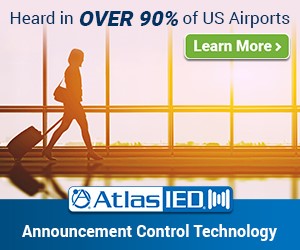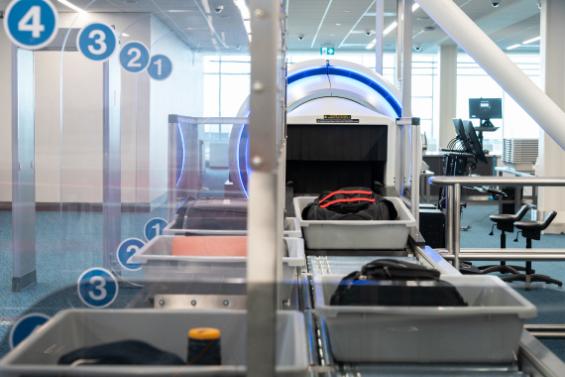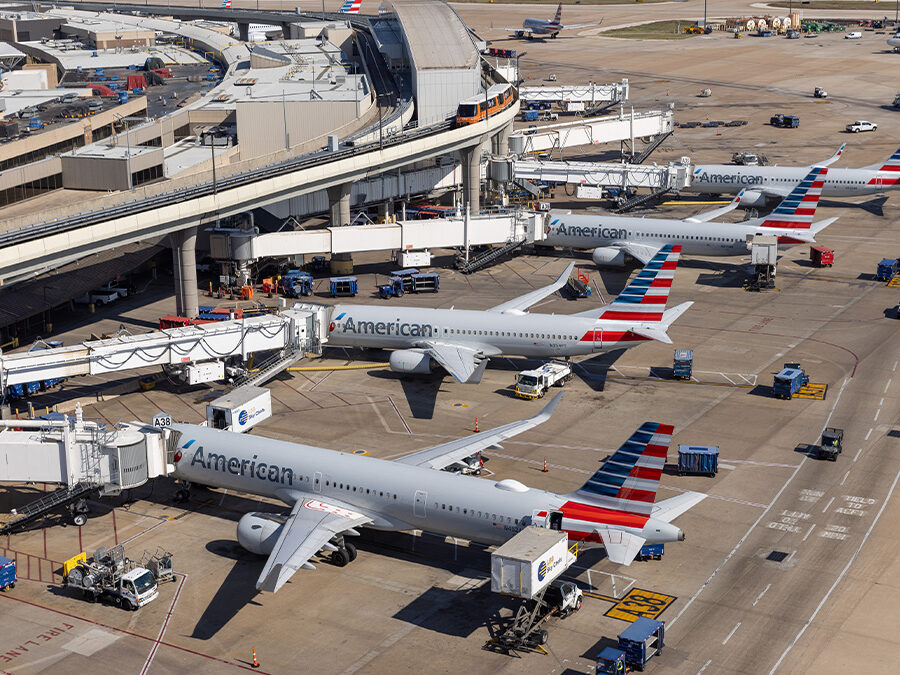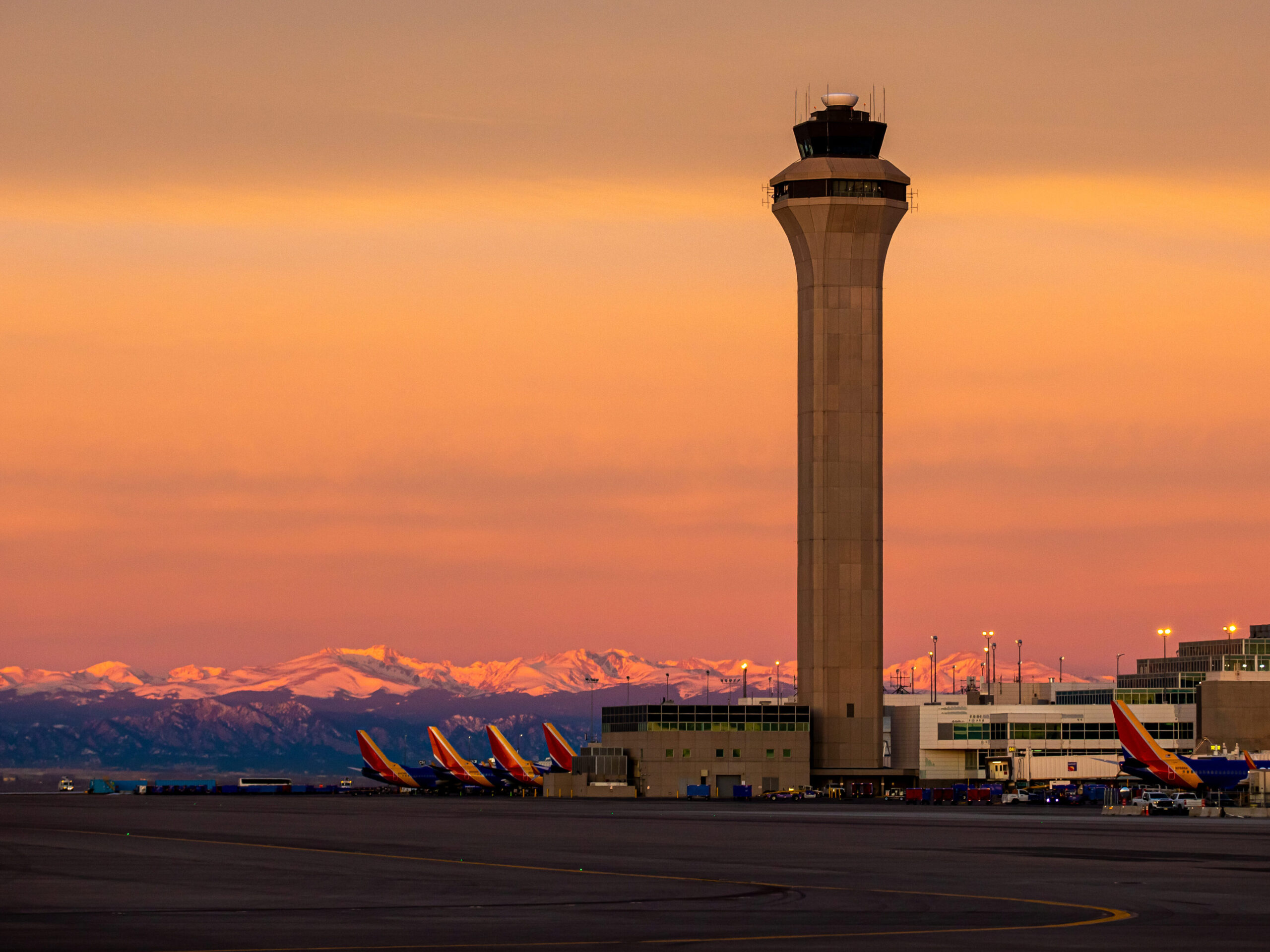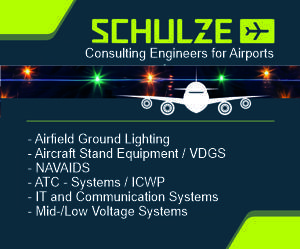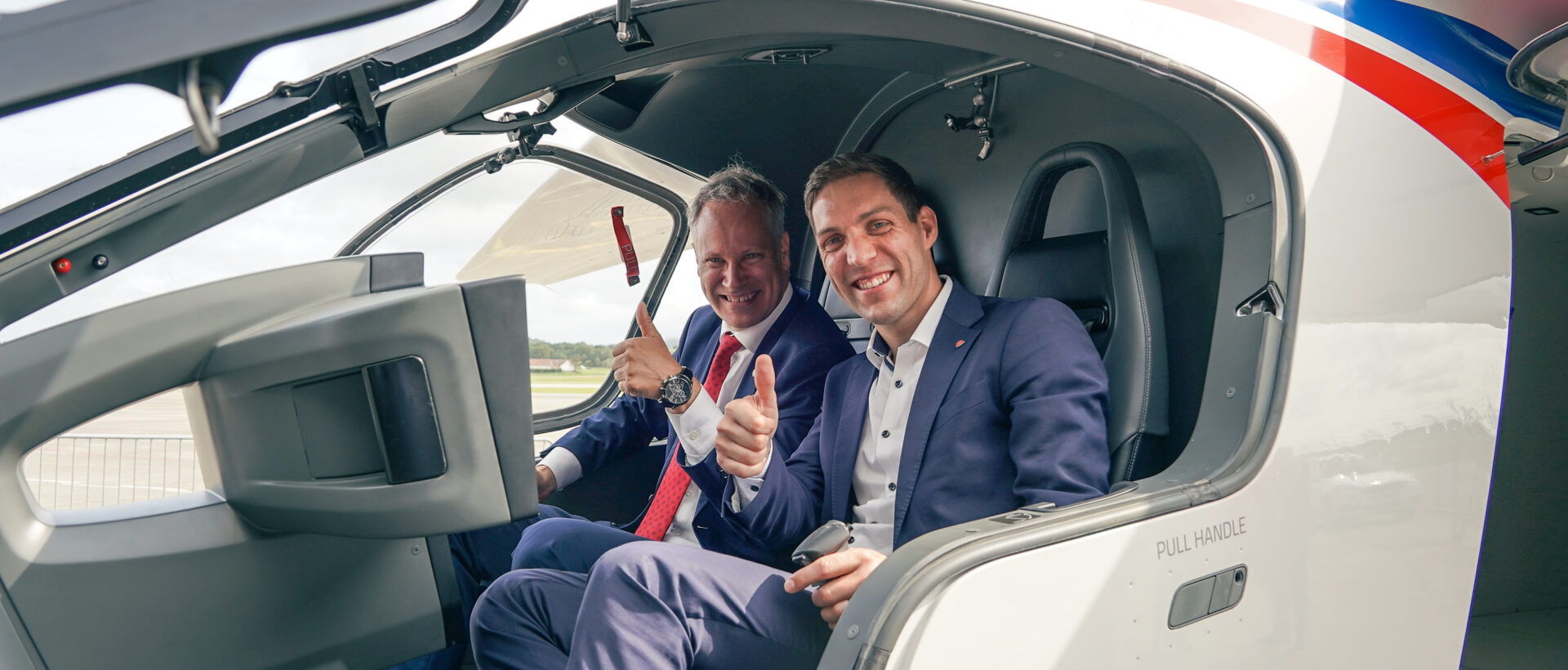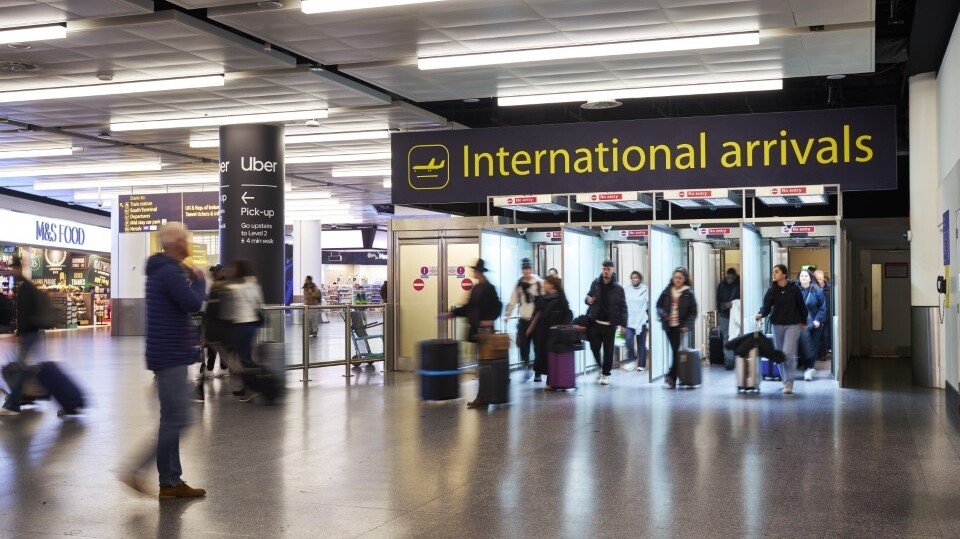The UK Civil Aviation Authority (CAA) has released a new study focusing on how future eVTOL aircraft can be safely integrated into UK airspace, with collaboration from the University of Warwick.
The study, which took place over the course of 18 months, was funded by the Department for Transport (DfT) and forms part of the regulator’s Future of Flight programme.
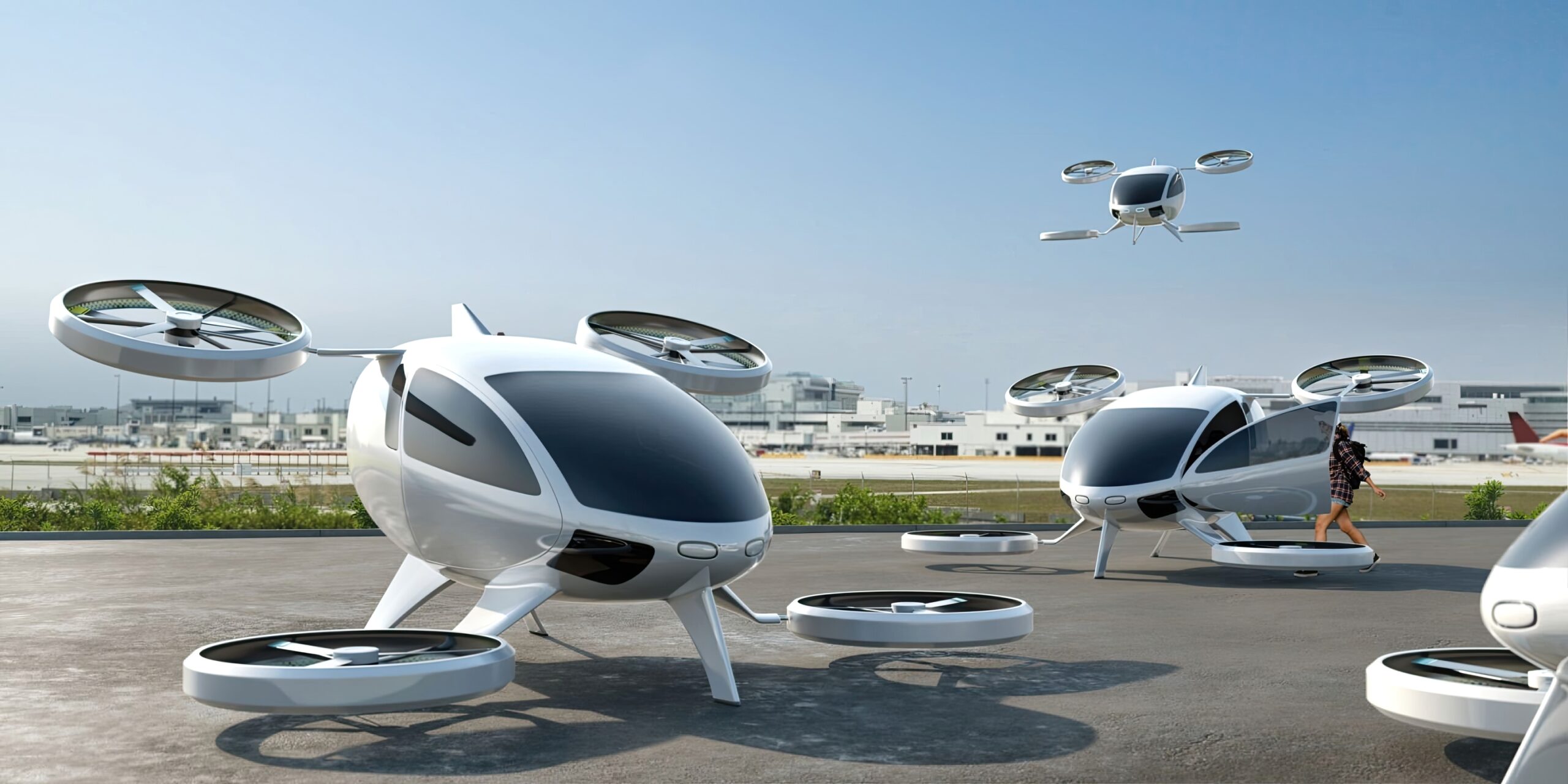
Systems thinking – a way of thinking that seeks to understand how different parts of a whole system can interact and influence each other – has been applied to assess the safety of future eVTOL aircraft operations in the UK,
The work includes research carried out at the British Grand Prix at Silverstone, which sees a high volume of helicopter and potential eVTOL operations, and will provide contributions to the development of regulatory frameworks, highlighting areas for regulatory advancement such as airspace integration, vertiport operations and automation.
Rick Newson, Co-Chair of the eVTOL Safety Leadership Group, at the UK Civil Aviation Authority, said:With eVTOL aircraft expected to enter UK airspace within the next few years, proactive planning and coordination is essential to ensure their safe, responsible and seamless integration.
This research provides valuable insights into the complex challenges and potential risks ahead.
The results will feed into our ongoing regulatory development to enable innovation while maintaining the highest safety standards.
The project sought to identify potential hazards and safety gaps related to eVTOL operations by analysing interactions between aircraft, software, hardware, and humans.
Delivered in collaboration with industry through the UK’s eVTOL Safety Leadership Group (eVSLG), research was also carried out using workshops and technical meetings, with a range of stakeholders such as Bristow and NATS providing contributions to shape the safety analysis itself.
Professor Siddartha Khastgir, Head of Safe Autonomy at WMG, University of Warwick, said:For any technology, ensuring its safety is an absolute requirement for it to succeed commercially. And for emerging technologies like eVTOLs, a systems thinking approach to safety is necessary to understand the multiple interactions between the stakeholders.
Underpinned by an open and transparent discussion, we commend and are grateful for this sector’s willingness to participate in this study, enabling them to identify and prepare for safety challenges for future eVTOL operations.
The research identifies risks that might arise from the integration of eVTOLs into what is already a complex airspace system, identifying more than 50 high-priority potential problem areas. Outcomes include:
- Airspace integration challenges: Air Navigation Service Providers should implement mechanisms to detect and alert controllers/service providers to deviations in aircraft performance (e.g., altitude, speed, trajectory) from expected parameters
- Vertiport operational standards: The criticality of energy management requires Ground Services to use advanced real-time sensors to ensure provision of continuous feedback on landing conditions
- Automation and simulation oversight: There are currently no mandated protocols for using automation and simulation tools to detect performance deviations or predict flight path conflicts
All findings of the research have now been passed to the UK Civil Aviation Authority; who is considering the data as part of its ongoing regulatory development work.
Findings will also be used within the Airspace Modernisation Strategy.


